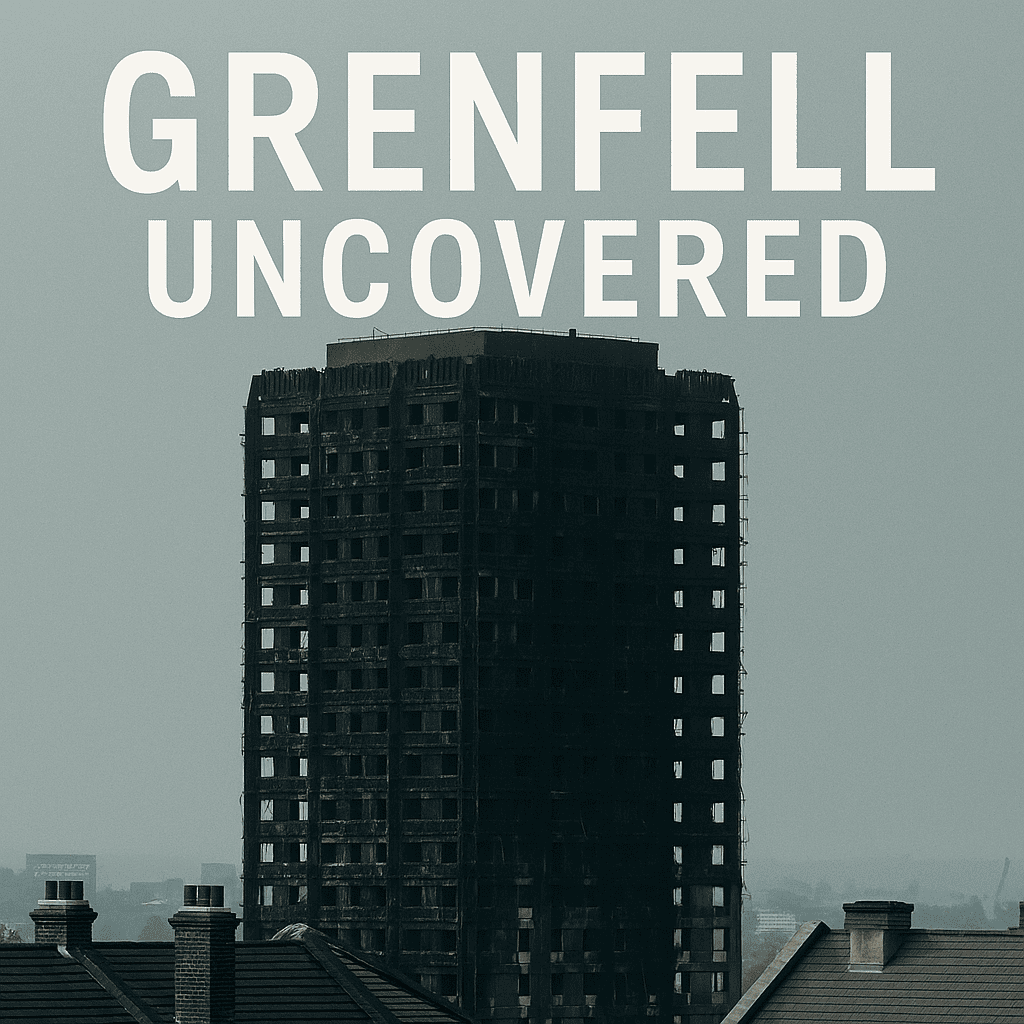The Grenfell Tower fire of June 14, 2017, remains one of the most devastating residential disasters in modern UK history, claiming 72 lives and exposing critical failings in fire safety, building regulations, and governance. The final report of the Grenfell Tower Inquiry, published on September 4, 2024, presents a comprehensive and damning account of the systemic failures that led to the tragedy and offers a blueprint for reform to prevent such disasters in the future.
The Inquiry’s 1,700-page final report traces a “path to disaster” stretching back decades, identifying a chain of failures involving government bodies, private contractors, manufacturers, and regulators. The primary cause of the rapid fire spread was the highly combustible aluminum composite material (ACM) cladding with a polyethylene core, installed during the tower’s 2015-2016 refurbishment. The report reveals that manufacturers such as Arconic deliberately concealed the fire risks associated with their cladding products. Fire tests showing poor performance were withheld from the British Board of Agrément (BBA), which consequently issued misleading safety certifications.
The insulation materials supplied by Celotex and Kingspan were also found to have been accompanied by false and misleading claims about their fire safety. During the refurbishment, contractors and architects engaged in blame-shifting, with unclear accountability for fire safety. The architectural firm Studio E was found to bear significant responsibility for failing to recognize the combustibility of the cladding, while the cladding contractor Harley Facades neglected fire safety considerations throughout the project.
The Inquiry concluded that the disaster was the result of “decades of failure” in building safety management in England and Wales, describing the regulatory regime as “seriously defective.” It recommended the creation of a single, accountable regulatory body responsible for overseeing building safety and ensuring both officials and the construction industry are held to account.
The Inquiry was conducted in two phases. Phase 1, published in 2019, focused on the events of the fire night, including the fire’s origin, spread, and emergency response. It highlighted critical issues such as inadequate evacuation procedures, poor communication among fire services, and insufficient fire safety inspections.
Phase 2, culminating in the final 2024 report, examined broader systemic issues: the refurbishment process, the testing and certification of cladding materials, management of Grenfell Tower, government responses, and regulatory enforcement failures. The report includes detailed recommendations for improving fire safety regulations, building materials standards, fire brigade training, and resident engagement.
Following the Inquiry, the UK government has committed to implementing its recommendations through a series of reforms aimed at overhauling building safety. A government progress report published in June 2025 outlines ongoing work to address the Inquiry’s Phase 2 recommendations, including improving construction industry oversight, enhancing fire and rescue service capabilities, and strengthening protections for vulnerable residents.
The government has also pledged to establish a new regulatory framework with clearer accountability, including a dedicated building safety regulator responsible to a government minister. Efforts are underway to remove unsafe cladding from high-rise buildings nationwide and to improve emergency evacuation planning.
The Grenfell Tower Inquiry’s findings have profound implications for fire safety professionals, landlords, building owners, and regulators. The disaster exposed the dangers of cost-cutting, inadequate regulation, and poor communication in the construction and housing sectors. It underscores the urgent need for rigorous fire risk assessments, transparent regulatory enforcement, and prioritizing resident safety.
Fire safety organizations and industry bodies are actively working to integrate the Inquiry’s lessons into training, standards, and legislation to prevent future tragedies.
For further official information and updates, see:
The Grenfell tragedy remains a stark reminder of the consequences of systemic failure and the critical importance of robust fire safety and building regulation. Implementing the Inquiry’s recommendations is essential to ensuring safer homes and protecting lives across the UK.




